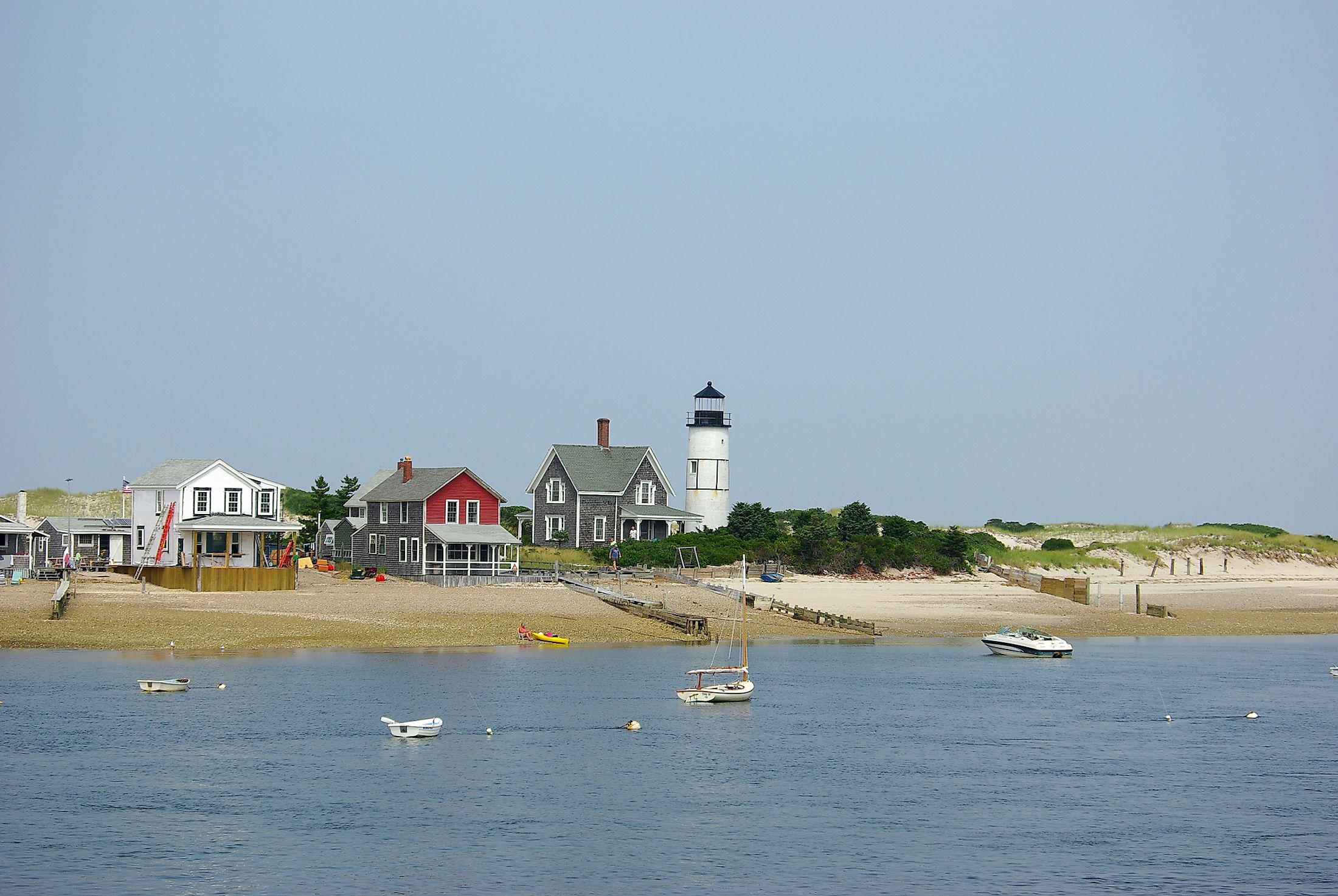
Cape Cod Bay
The US state of Massachusetts is also referred to as the "Bay State" because it borders four bays: Massachusetts Bay, Buzzards Bay, Narragansett Bay, and Cape Cod Bay. The Cape Cod Bay is a rectangular bay of the Atlantic Ocean on the southeast coast of Massachusetts. It is enclosed on the south and east by Cape Cod and west by Plymouth County and borders Massachusetts Bay on the south. The bay is an ecologically rich area with diverse and complex marine and coastal habitats. In 1524, the Italian navigator Giovanni da Verrazzano visited the area and became the first European to explore Cape Cod Bay. The bay was designated a State Ocean Sanctuary in 1970.
Location
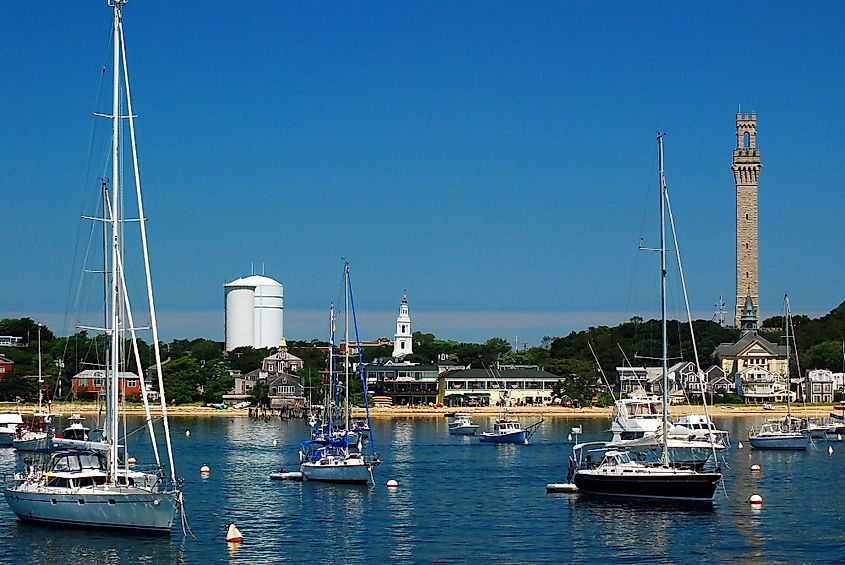
Cape Cod Bay is the southern portion of Massachusetts Bay and an inlet of the Atlantic Ocean located in the Northeastern United States. The bay is the Gulf of Maine's southernmost bay, and one of the four ocean inlets bordering Massachusetts. The bay covers approximately 1,560 square kilometers and occupies the region between the Cape Cod Peninsula and Plymouth County. The bay is separated from the Nantucket Sound on the south by Cape Cod and linked to the Buzzards Bay on the east by Cape Cod Canal. The bay’s northern limit is a line joining Race Point, Provincetown, and Ocean Bluff-Brunt Rock in Plymouth County. Cape Cod Bay has a shoreline of about 500 kilometers comprising mostly beaches, low bluffs, and dunes.
Formation
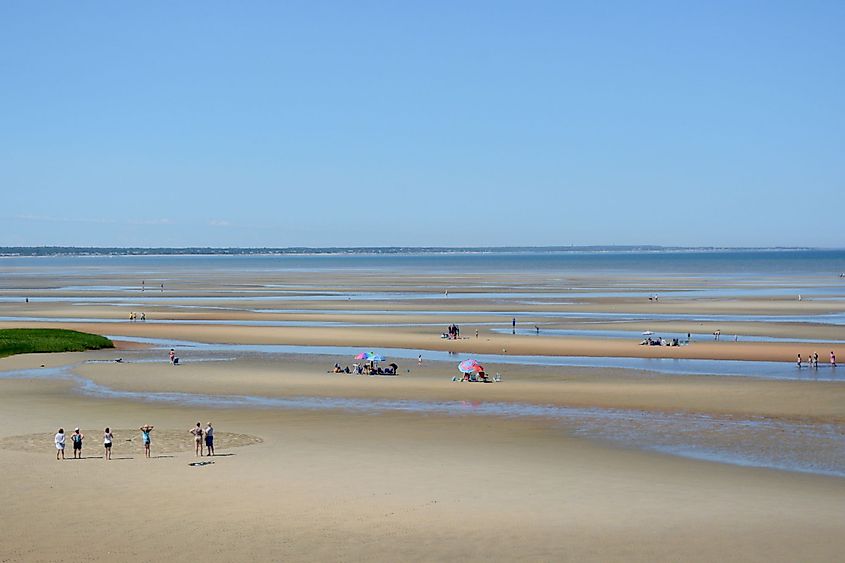
The fishhook-shaped Cape Cod is a terminal moraine formed by Laurentide Ice Sheet that dominated North America about 20,000 years ago. The ice sheet extended past Nantucket and Martha’s Vineyard in the last ice age. However, by 15,000 years ago, the ice sheet had retreated from southern New England, including Cape Cod, where it may have retreated much earlier. As the ice sheet retreated and advanced, the glacier composition scrapped away rock from the Earth's surface and deposited it on Cape Cod. When the ice sheet retreated, a glacial lake known as Glacial Lake Cape Cod occupied Cape Cod Bay. The lake’s level was 15-20 meters above the current sea level and drained into a lowland area that became Buzzards Bay. The glacial lake eventually drained completely across the Sandwich moraine, which later became the perfect location for the Cape Cod Canal that connects the Buzzards and Cape Cod Bay.
Ecology
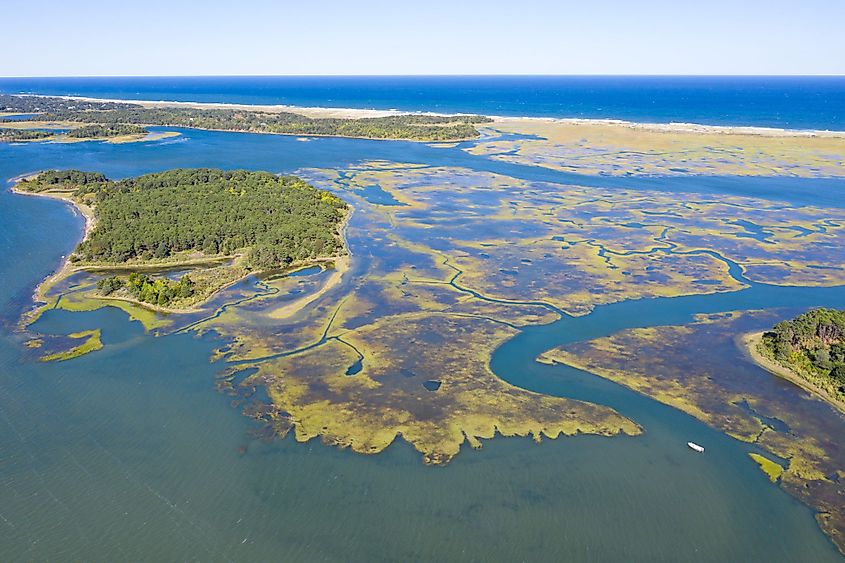
The bay is the southernmost portion of the larger Gulf of Maine. The gulf is productive seawater containing varieties of plant and animal species. Tides within the bay move in an anti-clockwise direction and carry nutrient-rich water from the gulf into the bay. The regular water exchange in the bay helps maintain a healthy and productive marine environment. The bay water is most productive in spring because the water is both rich in nutrients and stratified. Cape Cod Bay is an ecologically rich area with diverse habitats hosting a wide range of marine and coastal species. The offshore waters, wetlands, and beaches provide habitat for animals and plants species, some of which are commercially valuable.
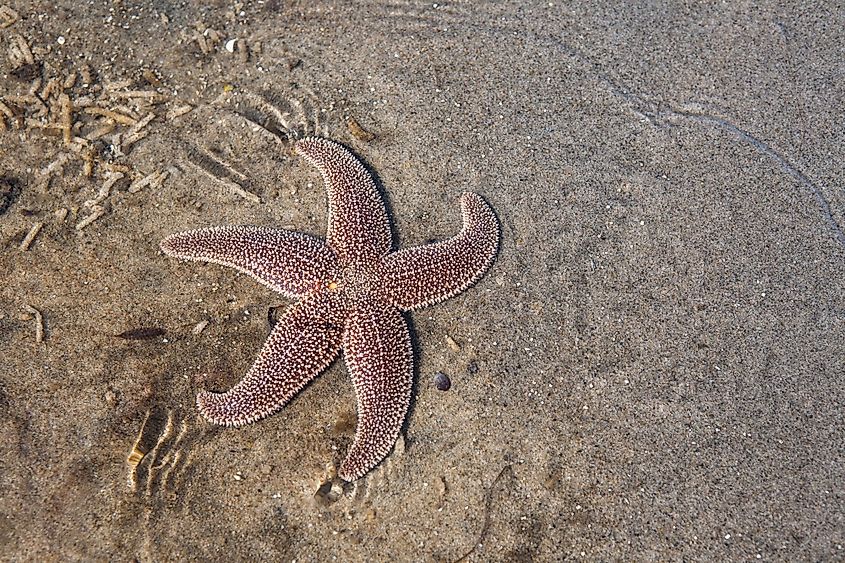
Cape Cod Bay contains plenty of fish, making it one of the most popular fishing destinations in the US. Common fish species in the bay include flounders, bluefish, striped bass, mackerel, bluefin tuna, haddock, finfish, and bonito. Sea mammals in the bay include whales, dolphins, and seals. Other animals found in the bay area are birds, including the endangered piping plovers and roseate tern. The North Atlantic right whale also feeds in the bay, while the humpback whales also migrate to the area annually.
Brief History
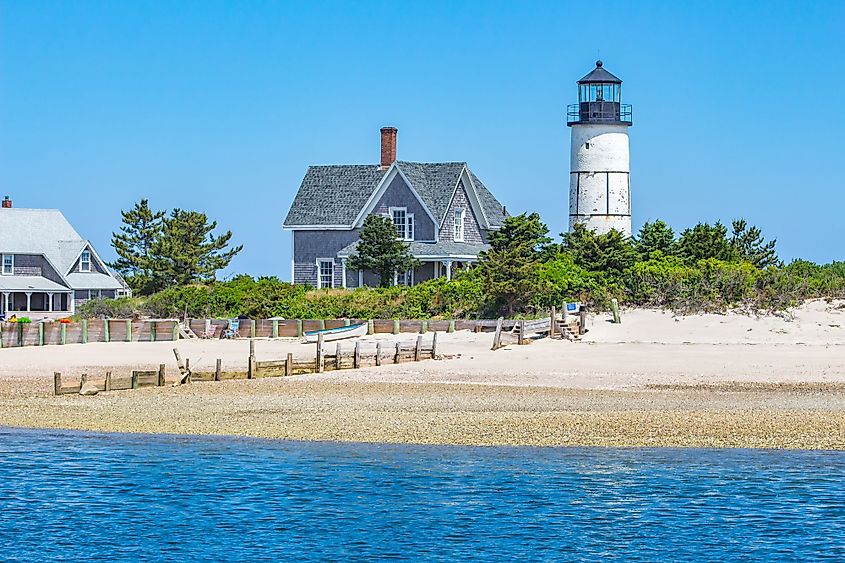
Cape Cod was a prominent landmark for European explorers that visited North America. Leif Eiriksson, a Norse from Iceland, is thought to have been the first European to visit the Cape and the bay. However, there is no evidence to the claim of a Norse voyager visiting Cape Cod. According to most sources, Giovanni da Verrazzano, an Italian explorer, explored Cape Cod and bay in 1524, becoming the first European to discover the region. It was at Provincetown Harbor that the Pilgrims first settled when they came from North America.











